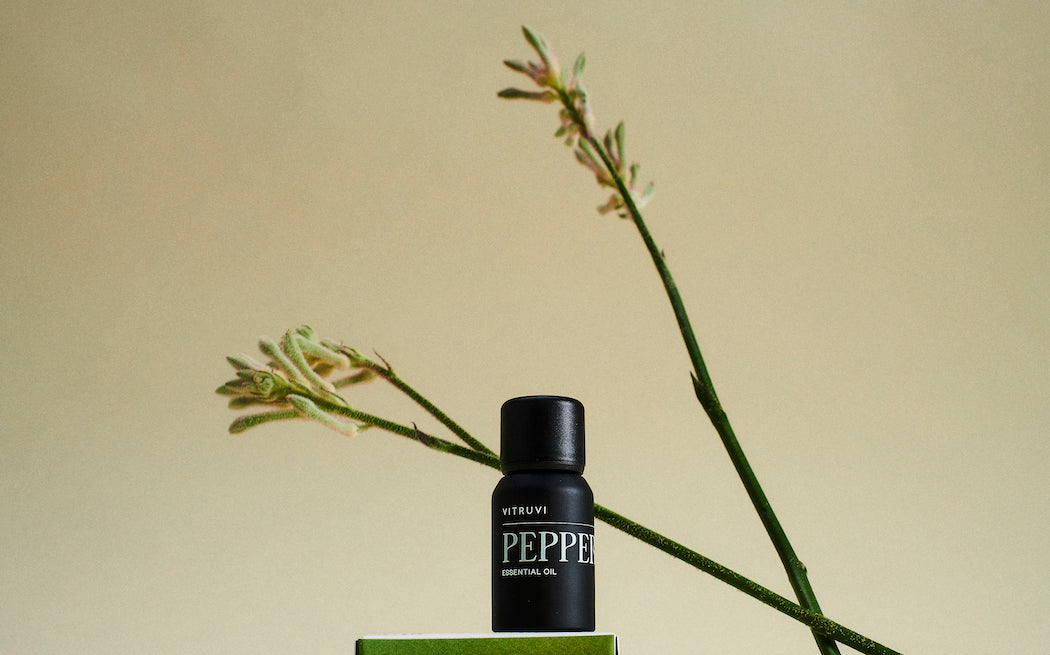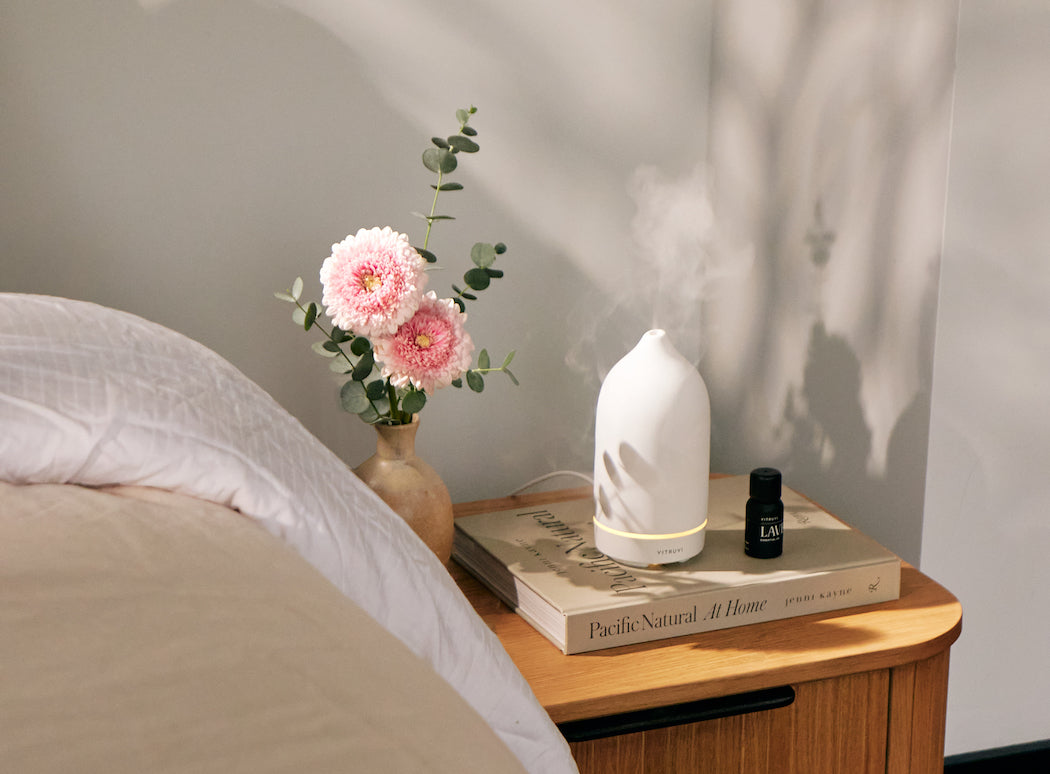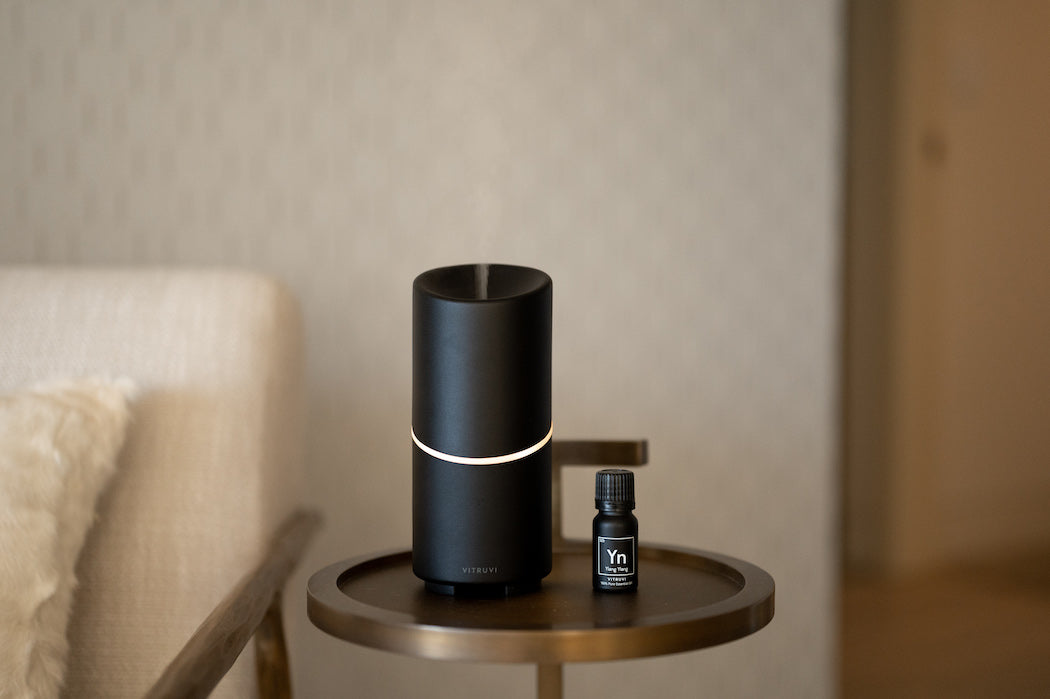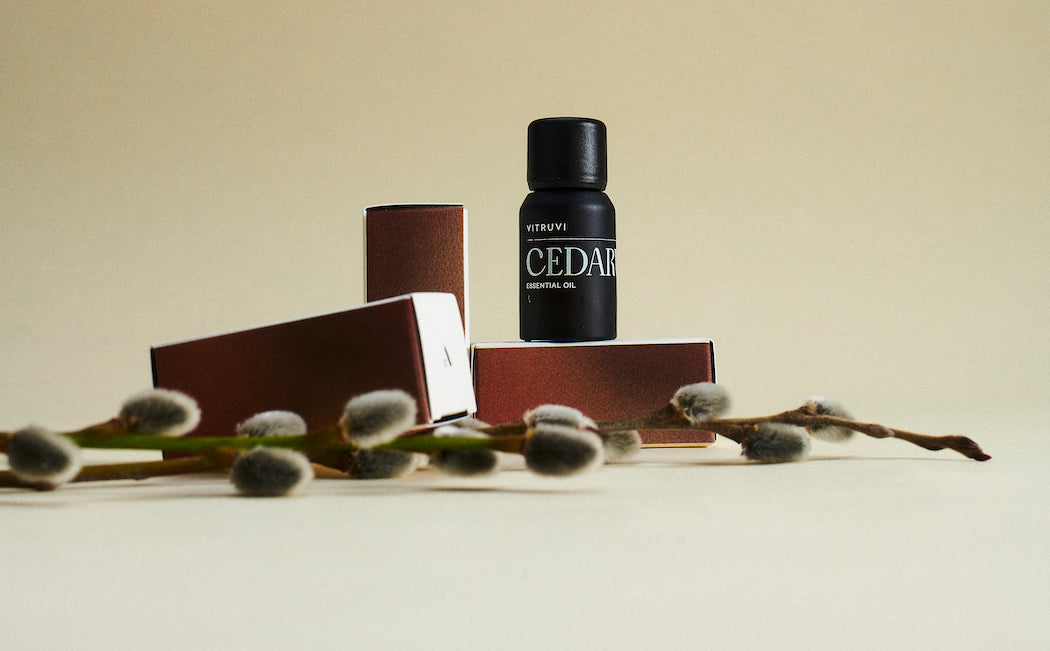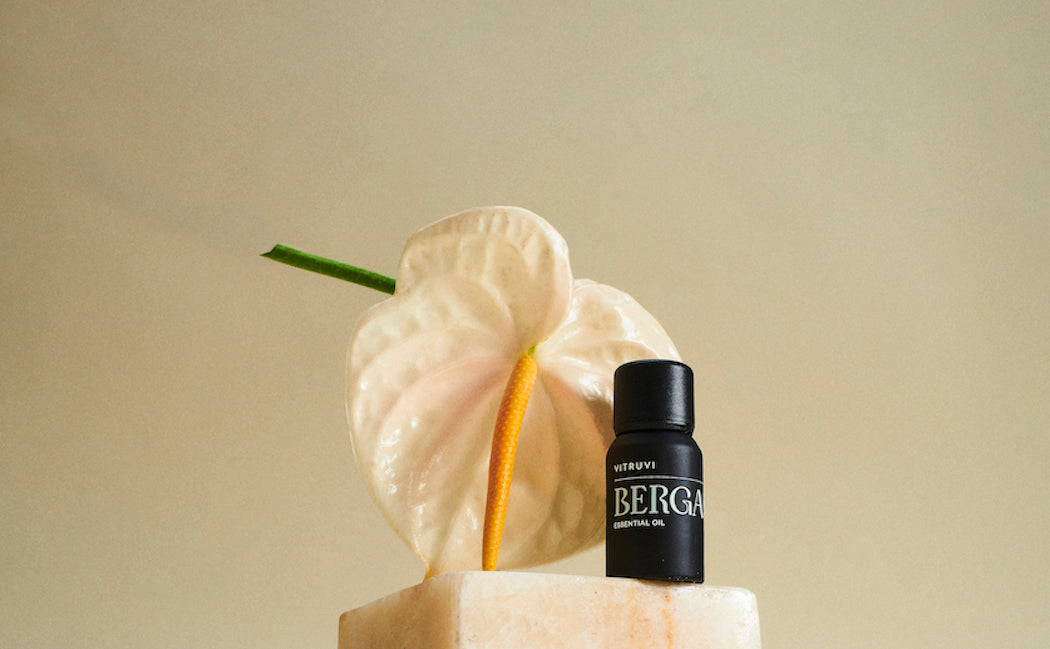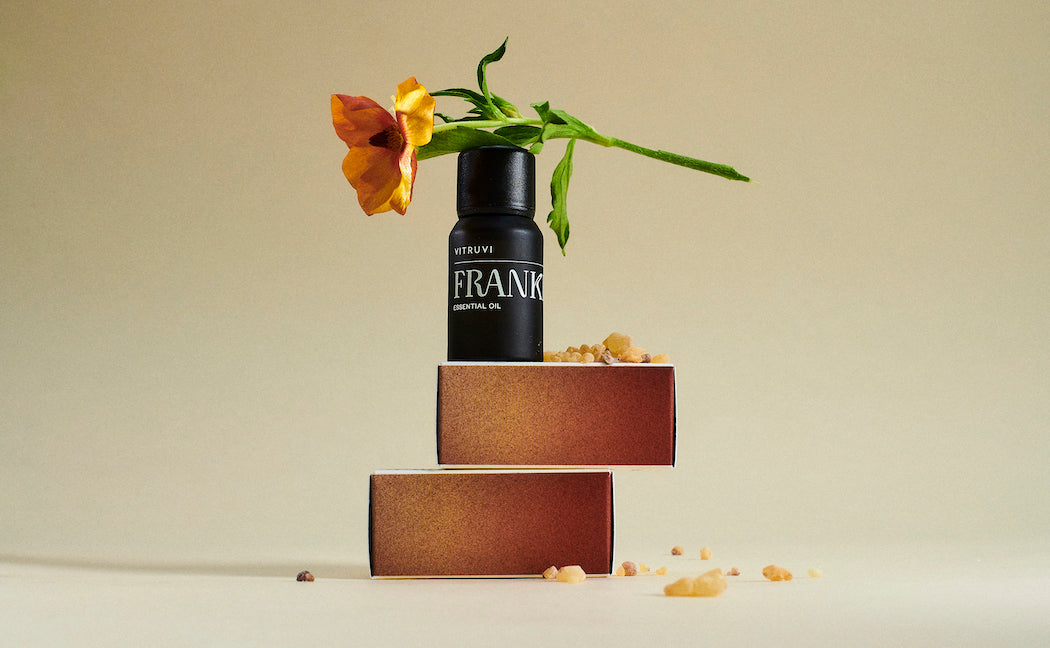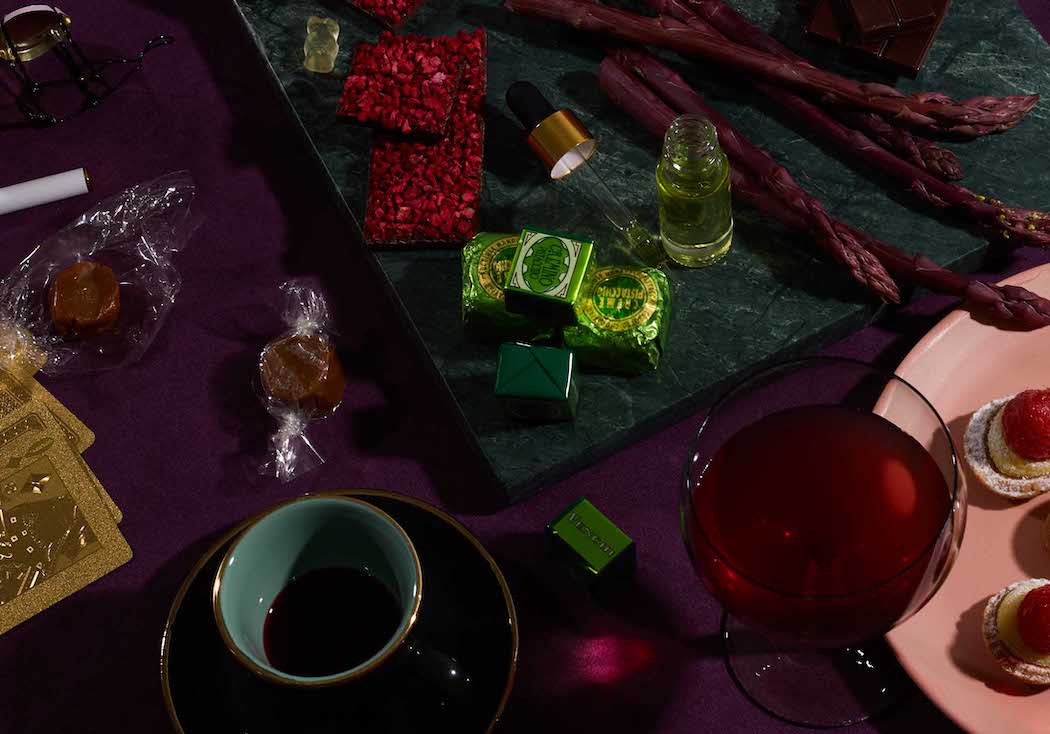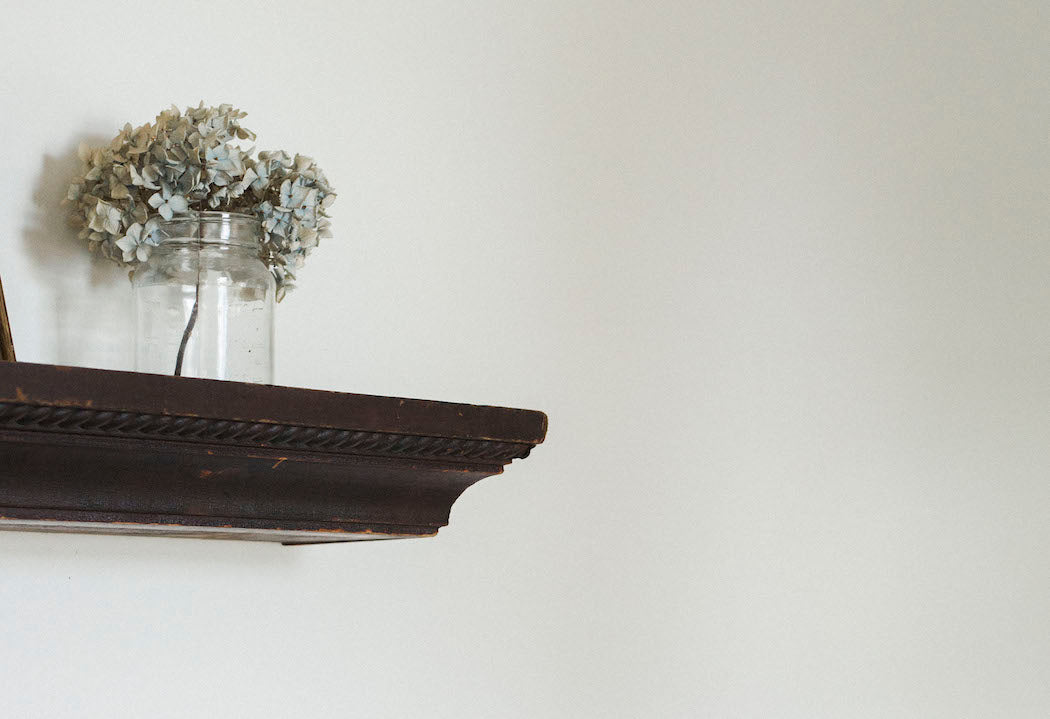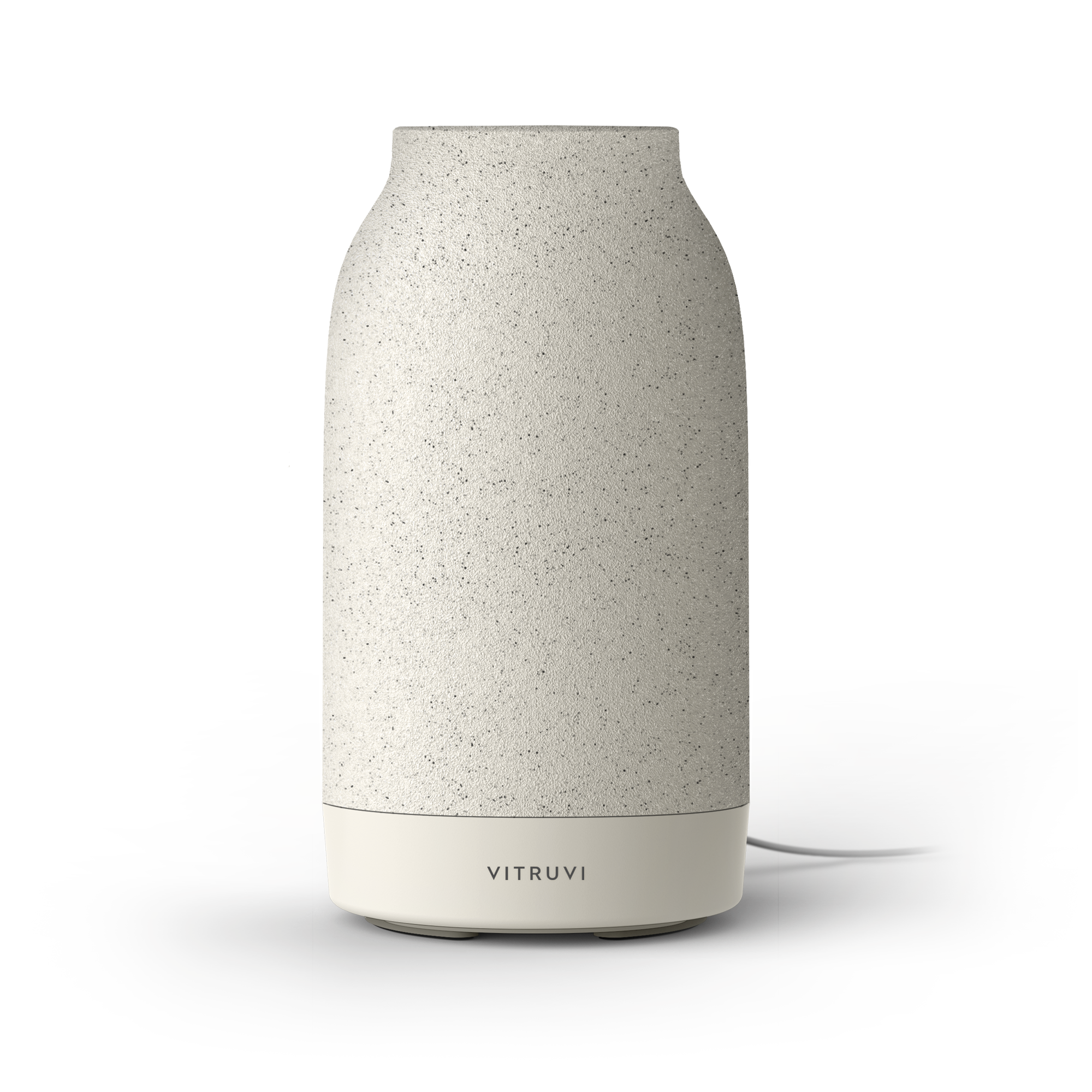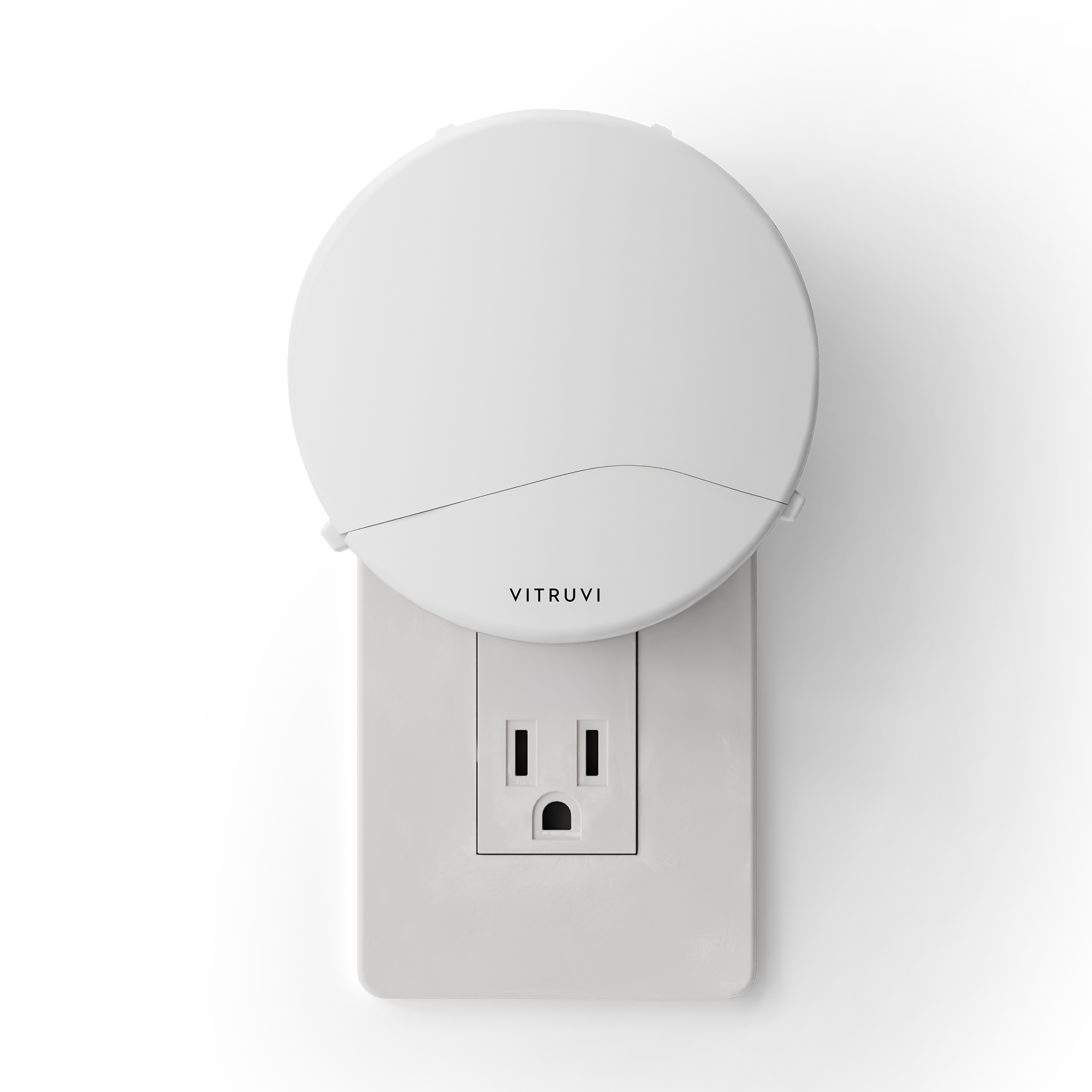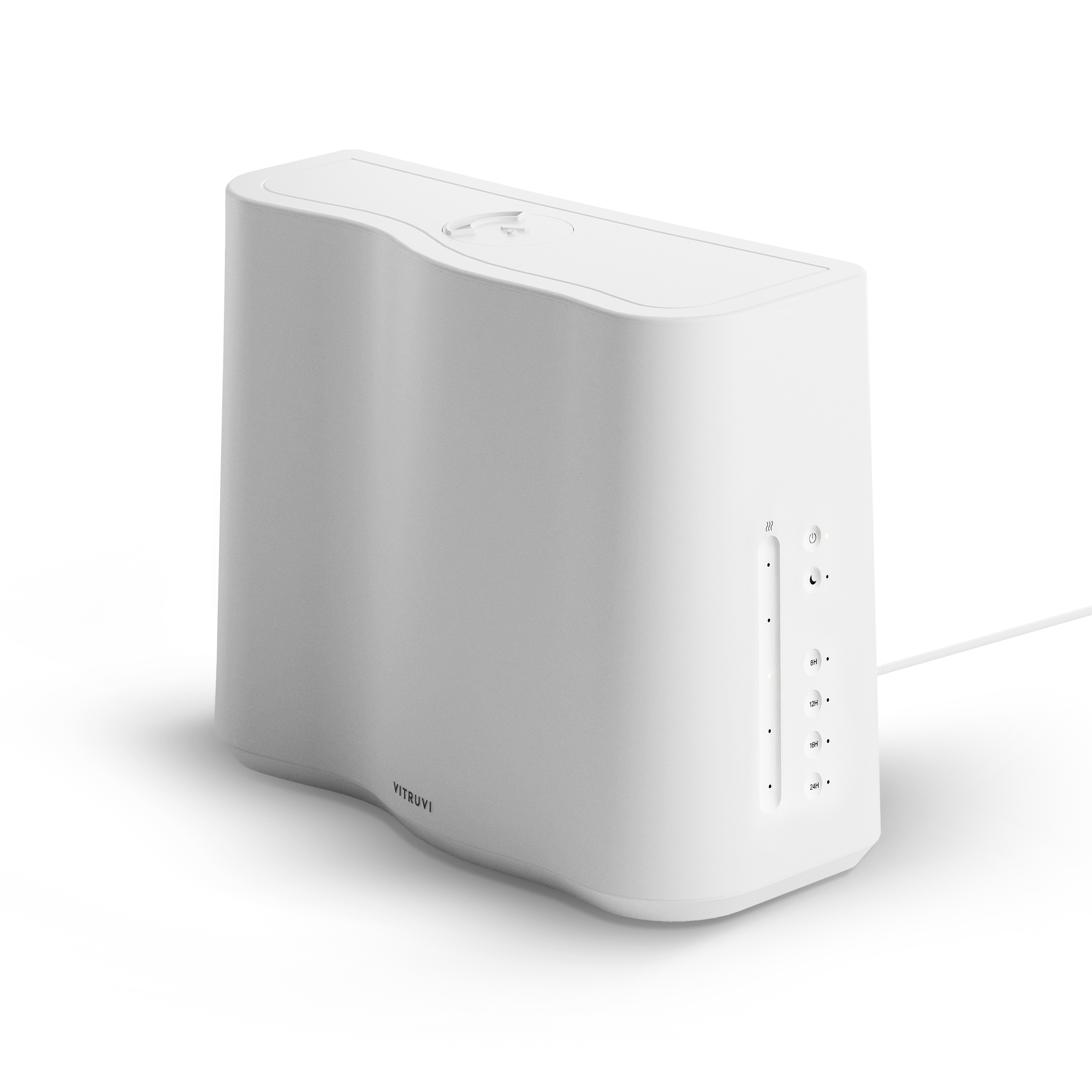Once only a niche product for natural food aficionados, kombucha has hit the mainstream in a big way. The increasingly popular fermented-tea drink has shouldered its way into the beverage coolers of corner stores and supermarkets to compete with sodas, iced teas, and sparkling waters.
Why is kombucha good for you?
What sets it apart from other drinks, besides the myriad natural flavours and low amounts of sugar, are the health benefits attributed to it when it is regularly consumed. Like fermented foods (kimchi, sauerkraut), kombucha boasts a high probiotic content that aids digestion—and a well-functioning digestive system has been said to boost mental health and even help heal the skin.
What is kombucha good for?
If a glowing complexion and an overall appearance of good health is a result of drinking kombucha, then Kara Sam, founder and president of Vancouver-based Bucha Brew Kombucha, would be a walking advertisement. As much as health was integral to her motivation for originally brewing the drink, she also had a more practical reason. During her first pregnancy, she drank copious amounts of water because she felt there weren’t a lot of other options—and she found H2O to be increasingly boring. “It was good to find an alternative that I could have when I was pregnant and breastfeeding and not feel guilty about it,” recalls Sam, reflecting on her career path while seated inside her company’s production facility. Kombucha being an alternative to other types of non-alcoholic beverages is a strong draw for consumers, especially because when it’s properly brewed it is low in sugar. Still, many who drink the fizzy beverage don’t really know what it is.

What is kombucha?
“It’s a slightly sparkling and tart tea-based drink that’s created through the fermentation of a symbiotic culture of bacteria and yeast (SCOBY),” explains Castley Collery, a field marketing manager for Montreal-based Rise Kombucha, via phone. “That enhances the tea and creates the nutritional beverage that we call kombucha.”
How do you make kombucha?
The base tea needs to have caffeine, explains Sam: “We use green and black tea. You have to have sugar; we use organic cane sugar. And then you need a SCOBY.” When the tea has been brewed and the sugar dissolved, the SCOBY is added and the fermentation process begins. “The SCOBY is like a cellulose type of culture,” Sam says. “So it’s quite strong. It floats on top, and the starter is the liquid from the previous batch.” (Though some brands just use a SCOBY and not a starter.)
Why is kombucha good for you?
“The health benefits come from the probiotic cultures and the acids,” Collery says. “Our kombucha contains between five and 10 billion good yeast and bacteria that are good for gut health and the immune system, as well as for improving mental health and skin.” Indeed, even beauty brands—everyone from the luxurious Fresh to the cult-loved Youth to the People—are incorporating kombucha into their skincare formulations.
Appearance pluses aside, Collery asserts that a healthier gut leads to a healthier mind. “Regularly taking probiotics can help with depression, anxiety and stress, and even memory,” she says. Two 2017 studies, one in the Gastroenterology Journal and the other in the Annals of General Psychiatry, acknowledge a link between probiotics and improved mental health. The naturally-occurring acids—acetic, glucuronic, and gluconic—that develop in the fermentation process can help “to control blood health by lowering cholesterol and blood sugar, and eliminating the growth of bad bacteria,” Collery adds. Because fermented tea on its own isn’t the most inviting taste, kombucha-makers add ingredients—selected for both health benefits and great flavour—to enhance its appeal.
How do you flavour kombucha?
“We use a lot of fruit that has also been proven to be high in antioxidants,” Sam says. “Soursop is a big one. It’s from Central and South America, and it’s used as a huge cancer fighter down south.” Some other ingredients Bucha Brew incorporates are ginger for a digestive aid and, when in season, local blueberries and raspberries, which are high in antioxidants. Sam stresses that she buys local whenever possible.
In the summer of 2019, Rise introduced an orange and turmeric pairing. Turmeric is known for its anti-inflammatory properties, which are thought to reduce stress-related health issues. Rose and schisandra is another recent combination added to Rise’s flavour range; schisandra is “an adaptogen and antioxidant that helps the body manage stress and combat the negative effects of stress,” says Collery, adding that new research appears to support that claim.
As for how much kombucha someone needs to drink to see these benefits, it’s somewhat of a personal choice—though it’s best to introduce it gradually if you’re new to probiotics. “We recommend that if it’s your first time trying kombucha and if you’re not taking probiotics or working a lot of fermented foods into your system, it’s great to start with half of our 414-millilitre bottles, so around 200 or 250 millilitres,” Collery suggests. “That just gives your body time to take in the probiotics and see how you feel from them. Because probiotics can change the way your body digests food, sometimes people find it might make them feel a little more gaseous, or a little more bubbly—or it might make your stomach feel awesome.”
Sam and her team drink kombucha daily, and Collery says she’s not aware of a limit to how much someone should drink. Though labelled as a non-alcoholic beverage, there was controversy over high alcoholic content in kombucha in the United States a few years ago; in Canada, the alcohol content is less than 0.1 per cent—negligible at best. Both Bucha Brew and Rise use brewing methods that let them strictly control the alcohol content during the fermentation process. Still, something else in kombucha might give off a similar feeling to boozy drinks. “There are a ton of B vitamins and that give you a bit of an energy boost,” Sam explains. “It kind of makes you feel like you’re a little bit buzzed if you’re not used to it all the time.” And as for any lingering caffeine in the bottle, Collery notes that, too, is very little: less than a cup of tea.
Low caffeine, low sugar—it’s no wonder this beverage is seeing so much buzz.



